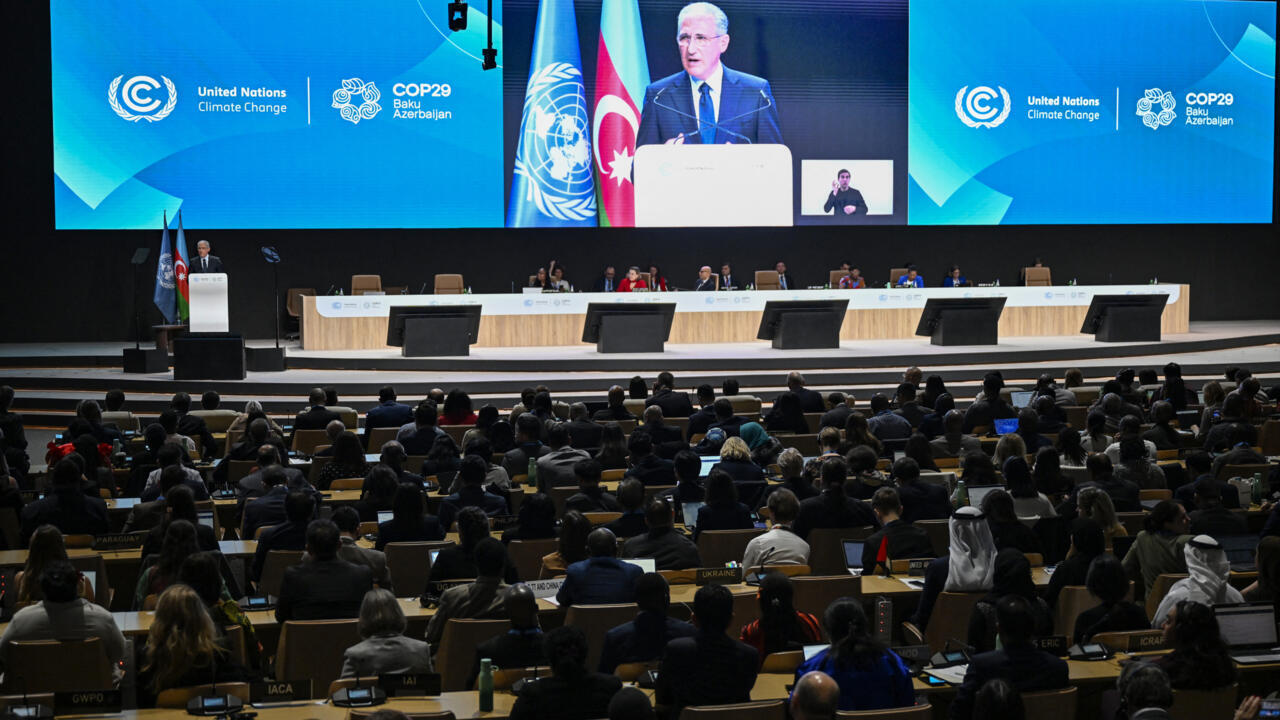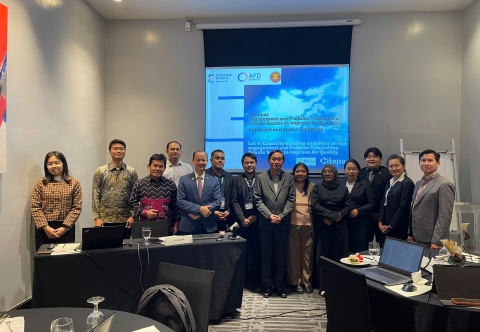The global carbon market mechanism established under Article 6.4 of the Paris Agreement allows countries and businesses to exchange their greenhouse gas reduction results and receive tradable carbon credits on the international market. These credits not only help countries meet their emission reduction targets outlined in their Nationally Determined Contributions (NDCs) but also promote climate action on a global scale.
Carbon credits theoretically enable countries or companies to offset their CO2 emissions by investing in emission reduction or greenhouse gas removal projects anywhere in the world. These projects could include tree planting, distributing clean stoves to replace polluting methods of cooking in poor rural communities, or capturing methane at landfills.
The new mechanism benefits both high-emission countries and developing nations. High-emission countries can achieve their climate goals more flexibly by purchasing carbon credits from others. Meanwhile, developing countries with significant potential for carbon reduction projects, could receive green investment flows. This not only drives sustainable development but also supports the shift to a low-carbon economy, mitigating the impacts of climate change and enhancing resilience.
COP29 President Mukhtar Babayev highlighted the potential of the carbon market, stating: “By matching buyers and sellers efficiently, such markets could reduce the cost of implementing NDCs by 250 billion dollars a year.” He emphasized that the carbon market mechanism plays a crucial role in optimizing costs and fostering international cooperation to achieve global climate goals.

However, there are still divergent views regarding protecting the rights of communities affected by projects. Some negotiators criticized the implementation process, arguing that standards were set by a minor group of technical experts, leaving some countries without equitable representation over the final rules.
Despite these concerns, this agreement marks an important step towards Net Zero goal. Vietnam has significant potential to implement greenhouse gas reduction initiatives, and this agreement could help "unlock" its green financing. Actively participating in the international carbon reduction mechanism under Article 6 of the Paris Agreement will help Vietnam mobilize global resources to achieve its NDC goals and aim for Net Zero by 2050.
 Scientific conference on Identifying Legal Violations in the Development of the Carbon Credit Market in Vietnam
Scientific conference on Identifying Legal Violations in the Development of the Carbon Credit Market in Vietnam
_cr_480x332.jpg) 50 years Vietnam - Germany Alumni - Workshop: Journey from Pioneering to Sustainable Development in the Digital Age
50 years Vietnam - Germany Alumni - Workshop: Journey from Pioneering to Sustainable Development in the Digital Age
 Fostering Air Quality in ASEAN: Highlights from the “Engagement and Policies Toward the Private Sector to Improve Air Quality” Seminar
Fostering Air Quality in ASEAN: Highlights from the “Engagement and Policies Toward the Private Sector to Improve Air Quality” Seminar